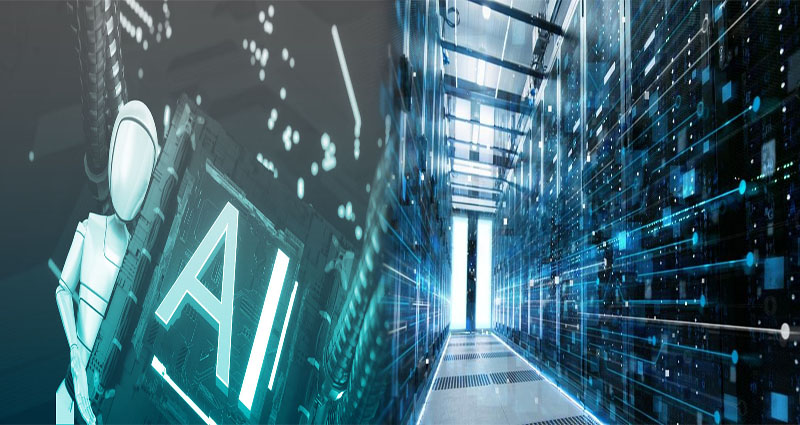Artificial Intelligence (AI) is a vast and diverse field that encompasses various approaches and techniques aimed at replicating human-like intelligence in machines. Understanding the different categories of AI is key to grasping the nuances and applications of this cutting-edge technology. In this article, we will delve into the different categories of artificial intelligence and explain their distinct characteristics.
1. Narrow or Weak AI
Narrow AI, also known as weak AI, refers to AI systems that are designed to perform specific tasks and functions within limited domains. These AI systems excel at tasks such as language translation, image recognition, and speech synthesis. Examples of narrow AI applications include virtual assistants like Siri and chatbots used in customer service.
Narrow AI is focused on solving particular problems and does not possess general intelligence or the ability to adapt to new tasks outside of its predefined scope.
2. General or Strong AI
General AI, also known as strong AI, represents the concept of AI systems that exhibit human-like intelligence and cognitive abilities. A general AI system would have the capacity to understand, learn, and apply knowledge across a wide range of tasks and domains.
The development of general AI remains a long-term goal in AI research and is characterized by the challenges of achieving true adaptability, creativity, and consciousness in machines.
3. Machine Learning
Machine Learning is a subset of AI that focuses on developing algorithms and models that enable machines to learn from data and improve their performance over time without explicit programming. Machine learning techniques include supervised learning, unsupervised learning, and reinforcement learning.
Machine learning is widely used in applications such as predictive analytics, recommendation systems, and image recognition, and forms the basis for many AI advancements in various industries.
4. Deep Learning
Deep Learning is a subfield of machine learning that employs artificial neural networks with multiple layers to model complex patterns and relationships in data. Deep learning techniques have enabled remarkable advancements in image and speech recognition, natural language processing, and autonomous driving.
Deep learning models require vast amounts of data and computational resources to train effectively, driving innovation in hardware and software infrastructure for AI applications.
5. Cognitive Computing
Cognitive Computing is a category of AI that aims to emulate human thought processes, including reasoning, problem-solving, and decision-making. Cognitive computing systems can analyze unstructured data, generate insights, and interact with users in a more natural and intuitive manner.
Applications of cognitive computing include personalized healthcare diagnostics, financial risk analysis, and virtual agents that provide customer support.
The different categories of artificial intelligence offer a multifaceted view of the capabilities and trends in AI research and development. From narrow AI systems optimized for specific tasks to the aspirational goal of achieving general intelligence, the landscape of AI presents a diverse array of opportunities and challenges.
Understanding the distinctions between narrow AI, general AI, machine learning, deep learning, and cognitive computing is essential for navigating the evolving field of artificial intelligence and harnessing its potential to drive innovation and positive impact across industries and society as a whole.









